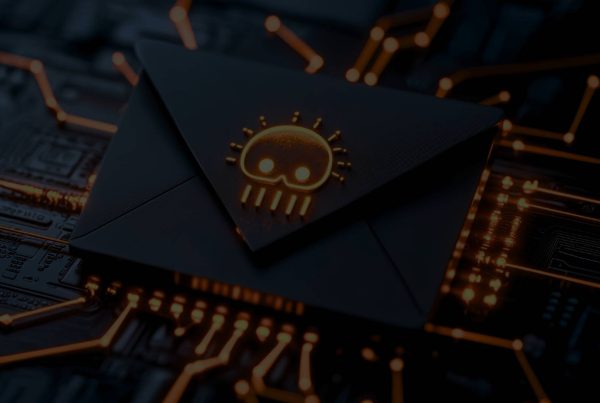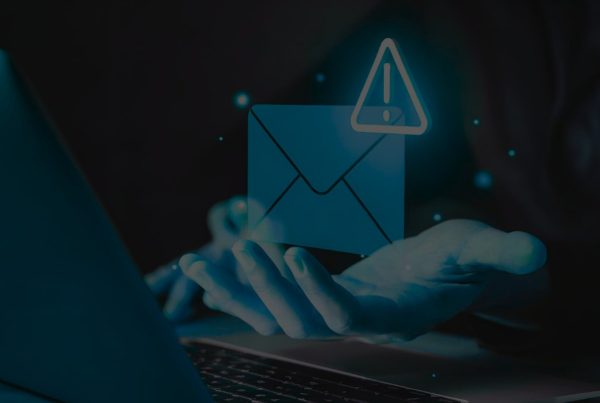Beyond Manual Checks: How AI Is Revolutionizing Compliance in 2025
In 2025, compliance is no longer just about ticking boxes and generating periodic reports. As regulatory environments grow more complex and data-intensive, businesses across industries are shifting from manual compliance checks to intelligent, AI-powered solutions that offer real-time monitoring, predictive insights, and automated remediation. Artificial Intelligence (AI), once seen as a futuristic solution, is now deeply embedded in compliance workflows—bringing speed, accuracy, and strategic value to organizations.
The Limitations of Traditional Compliance Models
Before diving into implementation, it’s crucial to have a solid understanding of what a Digital Experience Platform entails. A DXP integrates various digital tools and technologies to deliver a unified and seamless experience across multiple channels. This foundation sets the stage for innovation by providing a comprehensive view of customer interactions, enabling businesses to make informed decisions and enhance user engagement.
Identifying Business-specific Needs and Goals
Every business is unique, and so are its challenges and goals. Implementing DXP innovations requires a tailored approach that aligns with the specific needs of the organization. Conduct a thorough assessment to identify pain points, customer expectations, and business objectives. This step ensures that the chosen DXP solutions not only address current issues but also contribute to long-term strategic goals, making the implementation a strategic investment rather than a short-term fix.
Selecting the Right DXP Features and Technologies
Manual compliance processes have long been plagued with inefficiencies. Static checklists, human error, siloed data, and delayed reporting often leave organizations exposed to risk. This is especially true in high-stakes industries like banking, insurance, pharmaceuticals, and healthcare—where non-compliance can lead to regulatory penalties, reputational damage, or even operational shutdowns.
Traditional models also struggle to keep pace with rapidly evolving regulatory requirements such as GDPR, HIPAA, SOX, or ESG mandates. Compliance teams, stretched thin, often spend more time chasing documentation than analyzing data or preventing risks.
AI as the Game-Changer in Compliance Automation
AI is reshaping the compliance landscape by transforming reactive processes into proactive systems. From natural language processing (NLP) for scanning regulatory updates, to machine learning algorithms that detect anomalies in financial records, AI is enhancing compliance at every layer.
One of the most transformative applications is chatbots for compliance support. These AI-driven assistants are helping companies streamline internal audits, answer regulatory queries, and guide employees through policy adherence—24/7, without human intervention.
Additionally, machine learning models are being used to continuously monitor transactions, flag suspicious patterns, and generate alerts long before traditional systems would detect an issue. These capabilities are not just saving time—they are preventing compliance failures.
Case Study: HSBC and AI-Powered Risk Monitoring
HSBC, one of the world’s largest financial institutions, implemented AI technology from Ayasdi (now part of SymphonyAI) to monitor and detect fraudulent activities. The system uses unsupervised learning to uncover subtle patterns in transactional data that may indicate money laundering or insider trading. As a result, HSBC significantly reduced false positives in its alerts—freeing up its compliance team to focus on high-risk cases instead of combing through irrelevant data.
This approach also allowed HSBC to respond more swiftly to regulatory audits and maintain transparency across jurisdictions, especially where compliance regulations vary drastically.
Case Study: Pfizer’s Shift to Compliance Automation
In the pharmaceutical industry, compliance goes beyond financial oversight—extending into drug safety, quality control, and clinical trial protocols. Pfizer integrated an AI-based platform for document automation and compliance tracking during its vaccine development efforts. Using NLP and robotic process automation (RPA), the system scanned thousands of regulatory documents, extracted relevant clauses, and cross-referenced them with internal SOPs.
This automation reduced manual workload by over 40%, accelerated the time to market, and ensured that compliance requirements across global agencies like the FDA and EMA were consistently met.
SaaS Startups and Scalable Compliance with Vanta
Smaller tech companies, especially SaaS startups, are also embracing AI to build compliance into their workflows from the ground up. Vanta, a leading compliance automation software, uses machine learning and pre-built integrations to help startups achieve SOC 2, ISO 27001, and GDPR readiness within weeks instead of months.
By continuously monitoring cloud infrastructure and flagging vulnerabilities, the platform allows engineering teams to stay audit-ready without disrupting development cycles. For lean teams with limited compliance resources, this AI-first approach ensures speed and accuracy without compromise.
The Road Ahead: From Cost Center to Strategic Advantage
As AI becomes more advanced and accessible, the perception of compliance is shifting—from a reactive cost center to a strategic enabler. With the integration of AI-powered chatbots, predictive analytics, and real-time monitoring tools, compliance teams are now playing a more proactive role in risk management, governance, and business continuity.
Organizations that embrace this transformation not only stay ahead of regulations but also gain a competitive edge by building trust, transparency, and operational agility.
In 2025, the future of compliance isn’t just automated—it’s intelligent, adaptive, and indispensable.








